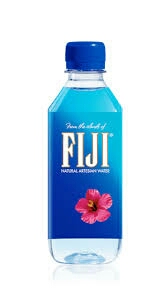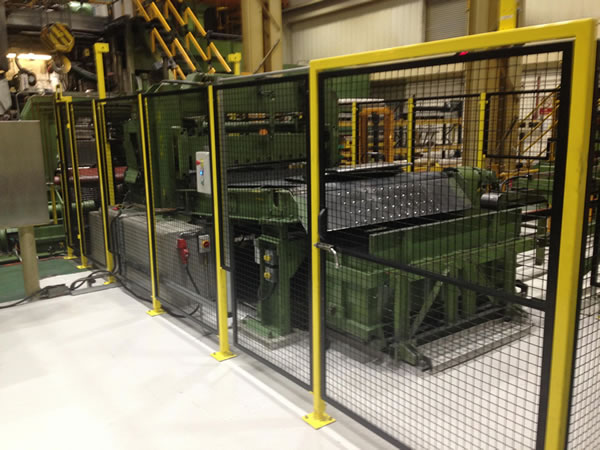Title Page
-
Client / Site
-
Date and Time of Inspection
-
Machine Name
-
Machine Number
-
Inspected by
-
Location
Hygain Machine Guarding Audit
-
Plant location
-
Description of machine
-
Choose the type of guards
- Fixed guards
- Interlocked guards
- Adjustable guards
- Self-adjusting guards
- Perimeter fencing
- Presence sensing
-
Name(s) of operators spoken to
PRE-OPERATION CHECKS
MACHINE GUARDS
-
Do machine guards prevent workers fingers, hands, arms, and other body parts from making contact with dangerous moving parts of a machine?
-
Are all machine guards in good condition, of solid construction to withstand impact or shock and secured in place?
-
Are all machine guards firmly secured and can only be removed with a tool?
-
Do machine guards ensure that no objects fall into the moving parts?
-
Do machine guards prevent parts, components etc from being ejected from the machine?
-
Does the guard present a hazard itself eg restricting operator view, weaken the plant, create pinch points or sharp edges
-
Do machine guards permit safe, comfortable, and relatively easy operation of the machine?
-
Are all drive shafts, pulleys and belts on working level properly guarded?
-
Are all moving chains and gears properly guarded?
-
Are all hydraulic and pneumatic cylinders guarded?
-
Are all fan blades protected with a guard with opening not larger than the standard size?
-
Can the machine be lubricated without removing the machine guards?
-
Does the machinery automatically shut down when machine guard is removed?
-
Do machine guards prevent operators to access machinery while in operation?
-
Do machine guards protect against hazards to the rear and sides of machinery?
-
are there warning signs placed around the machine?
-
Are all interlock guards tested on routine basis to ensure system is working ?
-
Is presence sensing equipment (light curtain, pressure pad, being used? Does the machine stop in time when activated?
-
Is there a maintenance system in place to inspect and repair the guard?
-
Is the guard easily identifiable (ie painted different colour to rest of plant) to determine when not in place
-
Is the guard made of suitable material for the environment it is in (eg not having steel guards near acid processes)
TRAINING
-
Are all operators trained on how machine guards work?
-
Do operators have the necessary education and training in how to use the guards?
-
Do operators know the procedure when guards are damaged, missing or inadequate?
-
Are all operators trained on how and under what circumstances guards can be removed?
PEOPLE
-
Are all employees wearing appropriate PPE?
-
Do employees follow safe handling instruction using machinery?
-
Are employees required to do a pre start equipment check to ensure guards in place?
-
Are all employees aware of emergency procedures in case of an accident involving machinery?
-
Is adequate supervision provided to ensure that employees are following safe machine operating procedures?
POST-OPERATION
-
Are all machine guards in good condition?
-
Is machine isolated and lock-out tag placed when removing machine guard?
-
Are all machine updates escalated to a supervisor?
-
Are all incidents reported to a supervisor?
COMPLETION
-
Observation or recommendations
-
Overall assessment
-
Inspector's Name and Signature













